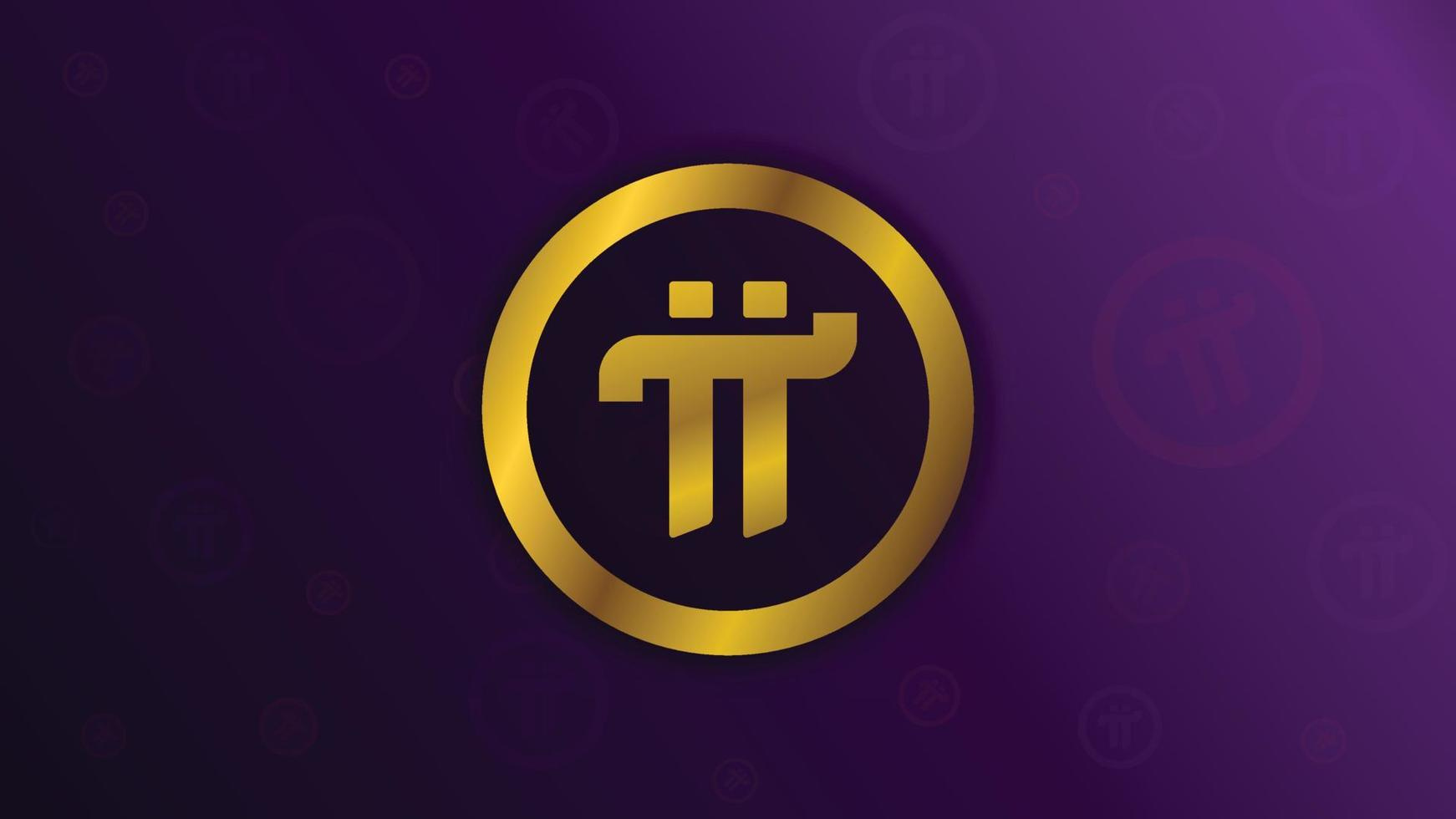What is the Balance of Payments?
The Balance of Payments is a statement that summarizes all economic transactions between a country’s residents and the rest of the world over a specified period, typically a year. These transactions include exports and imports of goods and services, income (such as dividends and interest), and financial claims on and liabilities to the rest of the world.
- Unlock Capital with Asset-Based Lending: A Comprehensive Guide to Securing Business Loans
- Unlocking the Buy-Side: A Comprehensive Guide to Investment Strategies and Market Power
- What is an Annuitant? Understanding the Key Role in Annuity Contracts
- How the Bicameral System Shapes Finance, Business, and Investment Policies in the US
- How Auction Markets Work: A Comprehensive Guide to Buying and Selling in Finance
The BOP is compiled according to international standards set by the International Monetary Fund (IMF) and the United Nations. This ensures consistency across countries, making it easier to compare and analyze their economic performances.
You are viewing: Understanding the Balance of Payments (BOP): A Comprehensive Guide to International Financial Transactions
Structure of the Balance of Payments
Current Account
The current account captures the net flow of money resulting from international trade in goods and services, primary income, and secondary income. Here’s a breakdown of its components:
-
International trade in goods (merchandise trade): This includes exports and imports of tangible goods.
-
International trade in services: This covers services such as tourism, transportation, and financial services.
-
Primary income: This includes earnings from foreign investments like dividends and interest.
-
Secondary income: This encompasses transfers related to international cooperation, personal transfers (e.g., remittances), and other non-market transactions.
Capital Account
The capital account records the international acquisition of non-produced non-financial assets and capital transfers. Key components include:
-
See more : How Android Operating System Drives Revenue and Innovation in the Finance and Business Sectors
Investment in land or intangible assets: Transactions involving land or intangible assets like patents.
-
Capital transfers: These include capital taxes, investment grants, and debt forgiveness.
Financial Account
The financial account captures the net change in ownership of assets and liabilities. Here are its main components:
-
Direct investment: Investments where an entity has control over another entity.
-
Portfolio investment: Investments in securities such as stocks and bonds.
-
Other investment: This includes loans, deposits, and other financial instruments.
-
Reserve assets: These are foreign exchange reserves, gold reserves, and other reserve assets held by central banks.
Double-Entry Accounting Framework
The BOP uses a double-entry accounting framework, where every transaction has two offsetting entries—a credit and a debit. For example, when a country exports goods worth $100 million to another country, it records this as a credit under the current account (since it is earning foreign exchange). Simultaneously, it records the corresponding payment received as a debit under either the financial account or capital account (depending on how the payment is made).
See more : Unlocking Growth: Investment Opportunities and Economic Power of BRIC Nations
This framework ensures that all transactions are balanced and accounted for accurately.
Net Errors and Omissions
Net errors and omissions arise due to measurement errors or omitted transactions. This item ensures that the BOP always balances in theory by adjusting for any discrepancies between the recorded credits and debits.
Relationship Between the Accounts
The current account is always offset by movements in the capital and financial accounts, ensuring that the overall BOP balances. The logic here is straightforward: if a country has a deficit in its current account (meaning it imports more than it exports), this must be financed through either capital inflows or an increase in liabilities recorded under the financial account.
For instance, if a country runs a trade deficit, it might attract foreign investment or borrow from abroad to cover this deficit. This balance between accounts highlights how international trade affects a country’s financial position.
Methods and Sources of Data
The compilation of BOP data follows international methodological guidelines such as those outlined in the IMF’s Balance of Payments and International Investment Position Manual (BPM6). Data sources include surveys conducted by statistical agencies, administrative records from customs offices and central banks, and other financial institutions.
These methods vary between countries but aim to ensure consistency and accuracy in reporting international transactions.
Interpretation and Significance
Interpreting BOP data involves analyzing surpluses and deficits across different accounts. A surplus in the current account indicates that a country is exporting more than it imports, which can be seen as positive for its economy. However, persistent deficits can signal underlying economic issues such as overconsumption or lack of competitiveness.
The practical implications are significant; policymakers use BOP data to formulate trade policies, manage foreign exchange reserves, and assess economic stability. There is ongoing debate about the significance of deficits and surpluses in policy terms—some argue that moderate deficits are manageable while others see them as indicators of deeper economic problems.
Source: https://summacumlaude.site
Category: Blog







